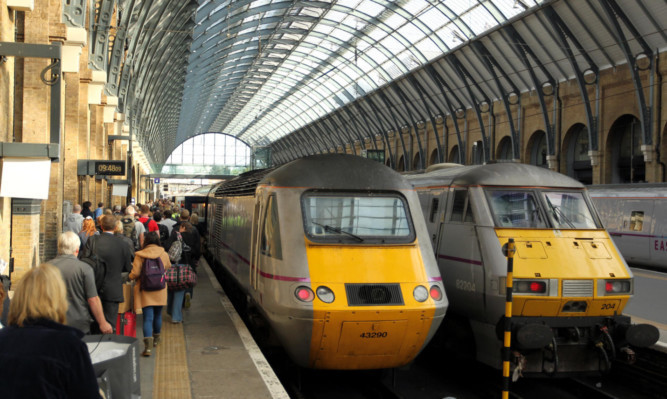Bosses at construction giant Galliford Try yesterday hailed a £250 million contribution to the group’s order book from new acquisition and Skye Bridge contractor Miller Construction.
The Edinburgh-based division, bought in a complex deal earlier this summer, won five-year Network Rail contracts to revamp station buildings on lines between London St Pancras and Sheffield, London King’s Cross and Berwick-upon-Tweed, and Crewe and Carlisle, including Liverpool and Manchester.
Galliford CEO Greg Fitzgerald said Miller Construction’s appointment to the framework agreement was a “key opportunity” for his group to broaden its business.
The company which, under its Morrison Construction brand, is part of the consortium working on the new Queensferry Crossing over the Forth bought Miller Construction from the increasingly housebuilding-focused Miller Group in July.
The terms of the deal saw Galliford effectively pocket £6.5m in cash on the exchange as Miller disposed of a loss-making division. The latter’s move came amid persistent talk over a “slimming down” of the group ahead of a potential flotation.
Miller Construction lost £4.6m on turnover of £408m last year, while interim results revealed losses had widened to £6.2m in the six months to the end of June.
“The framework appointments were awarded to Galliford Try’s recently acquired Miller Construction and will see the delivery of building projects, including new stations, station enhancements, platform extensions, depots, office buildings and property refurbishments projects,” Galliford said.
“The group will work in collaboration with Network Rail and other contractors appointed to deliver civil and railway engineering solutions in these frameworks.”
The five and six-year deals came into force last month and have further options which could run to 2024.
Galliford has already outlined its hopes of growing its construction business over the coming four years.
Meanwhile, Miller Construction exited loss-making contracts and aligning itself with more profitable longer-term relationships. Earlier this year it hailed new framework agreements with SSE and the Ministry of Defence.
It has since added schools and public buildings deals in the north east of England and north Wales to a public-private portfolio of agreements with an invested value of 14m and which also includes work for the north of Scotland hub.
Galliford has already identified a total of £7m per annum of cost synergies, with the majority realisable by the end of the present financial year.
At the time of purchase, the group earmarked £4m in one-off restructuring costs, but added that it expects the acquisition to be earnings enhancing by the end of the period.
